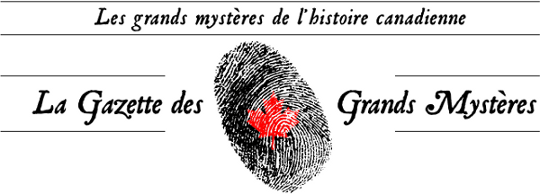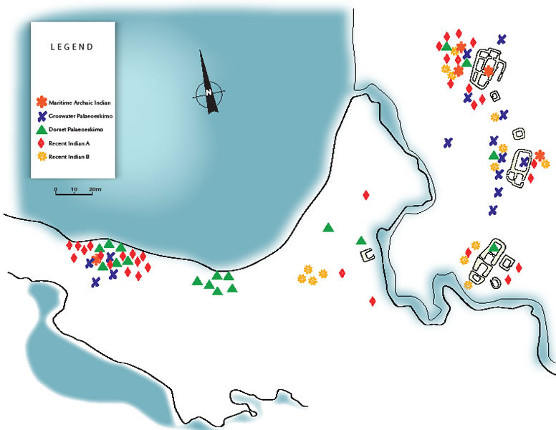Contact Us: admin@canadianmysteries.ca
Great Unsolved Mysteries in Canadian History:
News for Educators
|
|
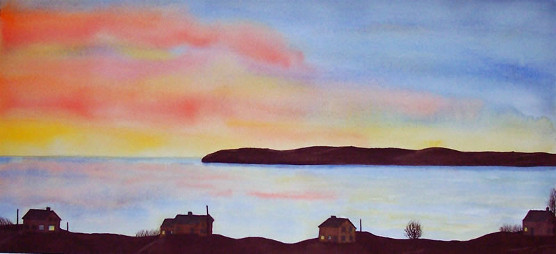
Just outside Meteghan, Nova Scotia, 1912 (Creator: Caroline-Isabelle Caron). From the website Jerome: The Mystery Man of Baie Sainte-Marie . Welcome to the latest edition of the GUMICH Gazette, a thrice-yearly newsletter to help keep educators up to date on news and tips for teaching with historical mysteries. We now offer thirteen mystery websites, along with many learning materials for teaching Canadian history! Be sure to check out the Great Unsolved Mysteries in Canadian History (GUMICH) project, based at the University of Victoria, and follow us on social media. 

Update: Secrets of Franklin ExpeditionThe recent discoveries of the wrecks of HMS Erebus and HMS Terror didn’t solve the mystery of what happened to Sir John Franklin and his crew in the Canadian Arctic. This is just the beginning of an exciting new phase of the story! 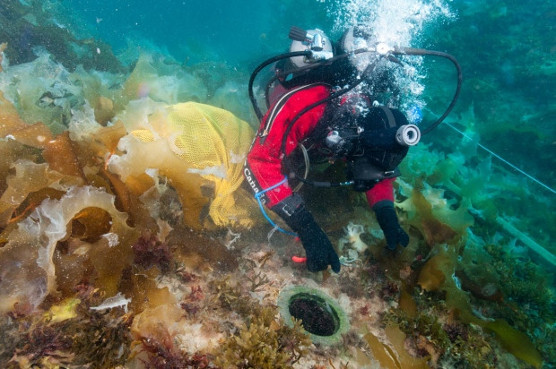
Parks Canada archeologist Charles Dagneau diving on HMS Erebus (Parks Canada). Parks Canada underwater archaeologists continue to explore the wreck of the HMS Erebus, and recover artifacts. In 2018 the team will return to the site, now watched by a team of four Inuit guardians, for more intensive work. A dedicated research vessel and barge will be moored in the Arctic next year to enable archaeologists to excavate the HMS Erebus and analyze and conserve their findings. "I've never seen a case where shipwrecks have so much to contribute to a story," said Marc-André Bernier, chief of the Parks Canada archaeology unit. The archaeologists hope that their dives will enable them to find documents and other clues that will reveal some of the secrets of the missing Franklin Expedition. It may even be possible to link some of the artifacts to specific individuals who sailed on the expedition, as Government of Nunavut archaeologist Doug Stenton has already begun creating a DNA database developed in cooperation with relatives of the crew. Inuit historian Louie Kamookak expects that the grave of Sir John Franklin will eventually be found, possibly on King William Island. 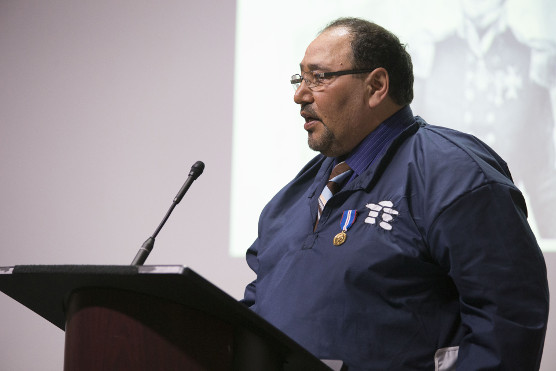
Louie Kamookak (Jake Wright photo/Great Unsolved Mysteries in Canadian History). As researchers uncover more of the secrets of one of the greatest mystery stories in the history of Arctic exploration, be sure to check the News section on our Franklin Mystery website. It was developed in partnership with Parks Canada, and the agency website will provide regular updates about the archaeological research. Our Franklin Mystery website and related learning materials offer teachers and students a wide variety of tools to assist in investigating the many mysteries surrounding the disappearance of the Franklin Expedition: original documents, maps, Inuit testimonies, images, MysteryQuests and more! 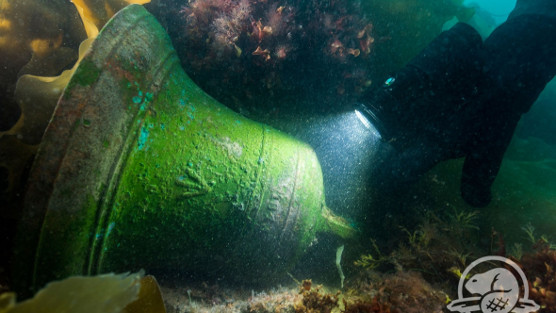
Bell from HMS Erebus wreck (Parks Canada). Herbert Norman Poster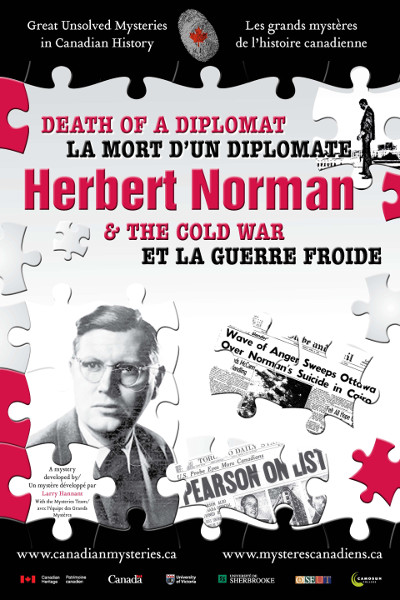
Did you know that you can download free copies of all of our posters? This poster was produced for Death of Diplomat: Herbert Norman & the Cold War. It’s just one in a set of unique classroom posters that illustrate each of the mysteries featured on the GUMICH website. See all of the posters here, where you can print them for your classroom. Teaching Tool – Thomson Mystery Video ClipsInterested in investigating the mysterious death of artist Tom Thomson with your class? The website Death on a Painted Lake: The Tom Thomson Tragedy provides evidence about this case in the online archives. In addition to the primary documents available to your students, we also offer a series of video clips related to this mystery. 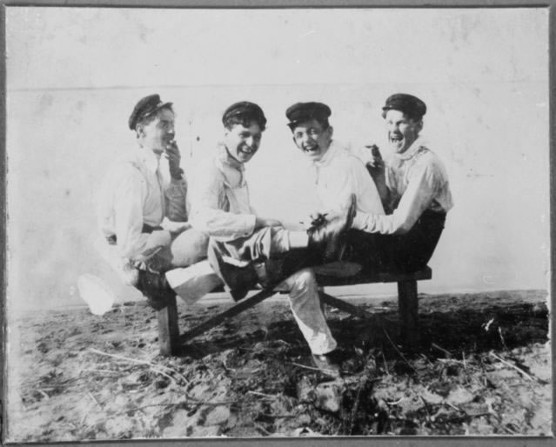
Tom Thomson (left) and friends. (Archives of Ontario) The eleven brief video clips describe aspects of Tom Thomson’s life and death, and include dramatizations of theories regarding how Thomson died. Was his drowning accidental? Murder? Persons appearing in the video clips are actors, not associates of Thomson, and the scenes depicted are presented as imagined by the directors and actors, not actual historical footage. All clips are excerpts from Dark Pines: a documentary investigation into the death of Tom Thomson. MysteryQuest Teaching Tool – Privileged Life in Early 20th Century Montreal
Who killed Ada Redpath and her son in their Montreal mansion in 1901? Your students can discover what really happened by looking into the lives of the rich and famous in their elite neighbourhood. The website The Redpath Mansion Mystery tells the tragic story and provides students with a complete archive of primary documents and other material. 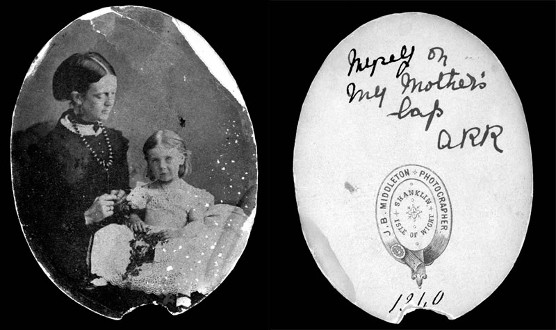
Ada Redpath with her daughter Amy. (Amy Linda Redpath Archives). MysteryQuest 32, a critical challenge for students 14-16, asks students to investigate how family wealth contributed to the privileged life of the English-speaking elite of early 20th century Montreal. This online quest, developed by The Critical Thinking Consortium, provides everything you need for your class. Featured Source from Where is Vinland?Did you know that Indigenous Peoples once lived on the site of Norse settlements at L’Anse Aux Meadows in Newfoundland? Our website Where is Vinland? takes you along the journey of the Vikings to the legendary Vinland in North America. The website provides a multitude of resources for your students. The map below was prepared for the Vinland project in order to illustrate the Aboriginal occupations at L’Anse Aux Meadows. Most of the Aboriginal sites were on the southern shore of the bay. There were also Aboriginal fireplaces and hut floors around and mixed in with the Norse houses. The Norse upset century-long soil accumulations when they dug their floors into the ground to the same level as that used by Aboriginal people long before them. You will find many more resources for your students in the online archives of the Where is Vinland? website. 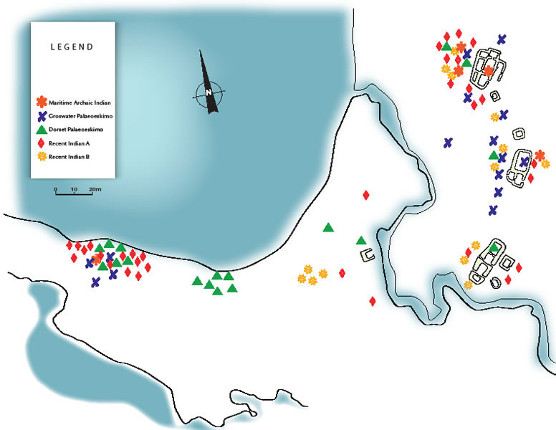
Featured Images from Klatsassin & the Chilcotin WarOne of the websites developed by our project is We Do Not Know His Name: Klatsassin & the Chilcotin War. As dawn broke on April 30, 1864, some 25 Tsilqot’in men surprised the sleeping camp of a crew building a road to the Cariboo gold mines, killing fourteen. Was this war? Our researchers collected historical images related to this mystery. Many are scenes from early days in British Columbia, such as this photograph of Quesnel where some of the Tsilqot’in men in the raid were tried by Judge Matthew Begbie. 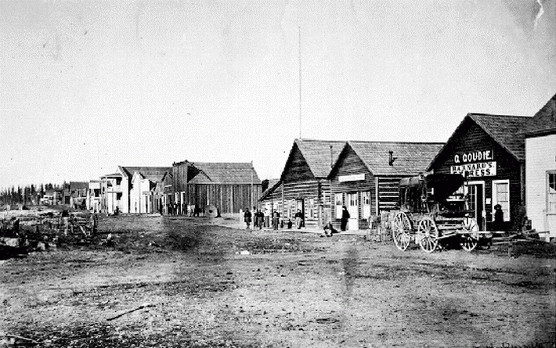
Quesnel (BCA). The online archive also includes some modern photographs. The image below shows Hereditary Chief Charleyboy doing a cleansing ritual at the Fish Trap defensive site of the McDonald pack train. 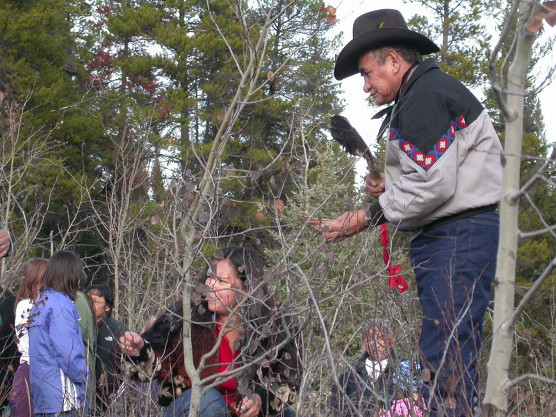
Every year the Tsilhqot’in People have an event to honour Klatsassin called Lhatsassin Memorial day, at a site associated with the Chilcotin War. This image of Chief Charleyboy smudging at the Fish Trap War Site was taken by project researcher Liam Haggerty, when he was doing research for the website in 2003. You can learn more about the story of Klatsassin & the Chilcotin War on the website for this mystery, and find many historical photographs in the online archives. Partner News – Indigenization at the University of VictoriaLike many educators and educational institutions in Canada, the History Department at UVic is responding to the action items of the Truth and Reconciliation in several ways. As historians, it is natural that our first response is that we should all know more about the Indigenous People in whose territory we live and their history. To that end the Department organized a series of “Colonial Reality Field Trips” led by Songhees member and their Director of Local Services, Cheryl Bryce, to take faculty and students on a bus trip of Songhees (also known as Lekwungen) territory. The department has also supported a visiting indigenous scholar, and has organized a Kairos Blanket Exercise for interested faculty, staff and students, a workshop where the history of settler-indigenous relations in Canada is discussed in a three-hour workshop. 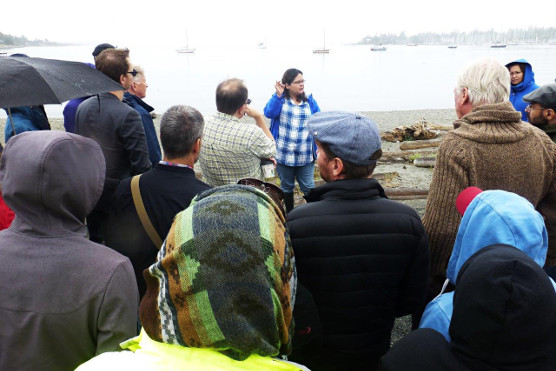
Cheryl Bryce, Director of Local Services for the Songhees First Nation, at the former village site in Cadboro Bay, Victoria, British Columbia. She took UVic faculty and students on a “re-orientation” tour of Songhees traditional territory in September 2017. |
|

